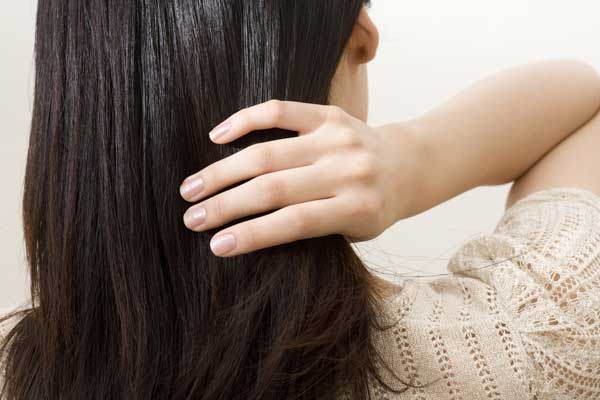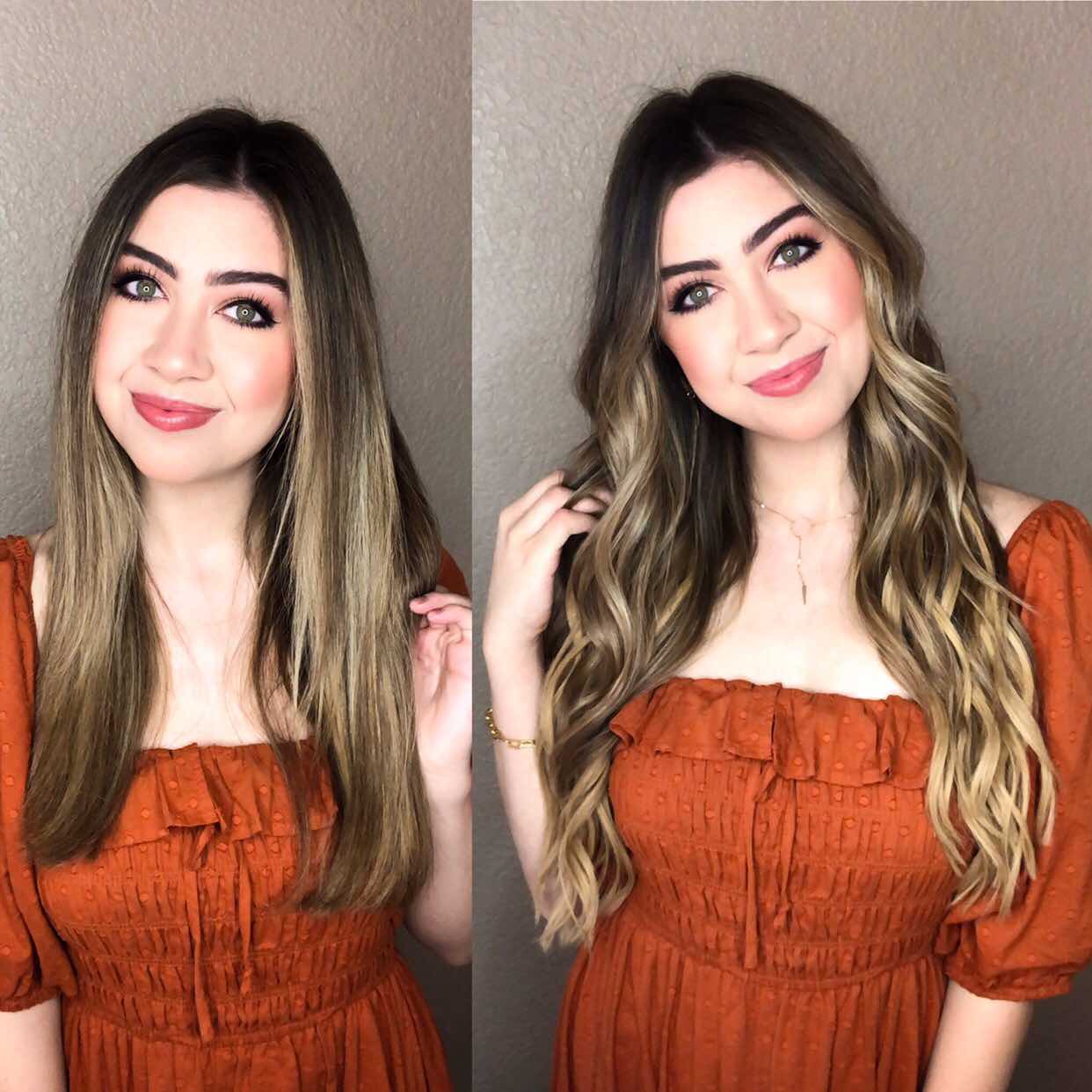
Hair is divided into hair roots (hair follicles, hair nipples, sebaceous glands, sweat glands, nerve endings, ground hair base, hair cells, micro blood vessels) and hair shafts (hair tips, hair shafts, hair roots), in which hair roots are alive, In other words, it will have its own growth and it has a cycle:
Growth period – the hair follicles are pulled down, the cell division in the lower part of the hair bulb is accelerated, the upper cells of the hair bulb are differentiated into the sebum layer, the dermal papilla is enlarged, and the nutrients in the blood vessels are started to receive. The originally inactive mother cells are at the fastest speed. The keratinous area leaks a lot of stained keratin, which is melanin.
The cells in the hair follicles continue to push upwards, hardening and forming hair. The hair growth period is 2-7 years, even 25 years, and the hair in the growing season accounts for more than 85%.
Degenerative phase – The cells stop proliferating, causing keratinous growth and hair growth to stop, while the color cells are also stopped, and the last segment of the hair begins to fade. During the degenerative phase, the hair follicles will gradually contract, and the nipple and hoof tissue will be broken, unable to absorb nutrients. The degenerative period is about 3 weeks, which is about 1% of the hair.
Rest period – hair color is relatively shallow, growth is relatively slow, will reach the apex in 3 months, the pores finally fall off. At the same time, in the deep part of the capsule, the stromal cells form a new hair granulation in the form of cell division. When they meet the nipples, the cells proliferate rapidly, melanin is newly formed, and a new hair cycle begins. About 9%-14%.
Note: If hair in the growing season is affected by heredity, aging, infection, side effects of drugs, poor shampoo, or stress leading to endocrine disorders, it may lead to shortened growth cycle, increased rest period, and hair loss.
